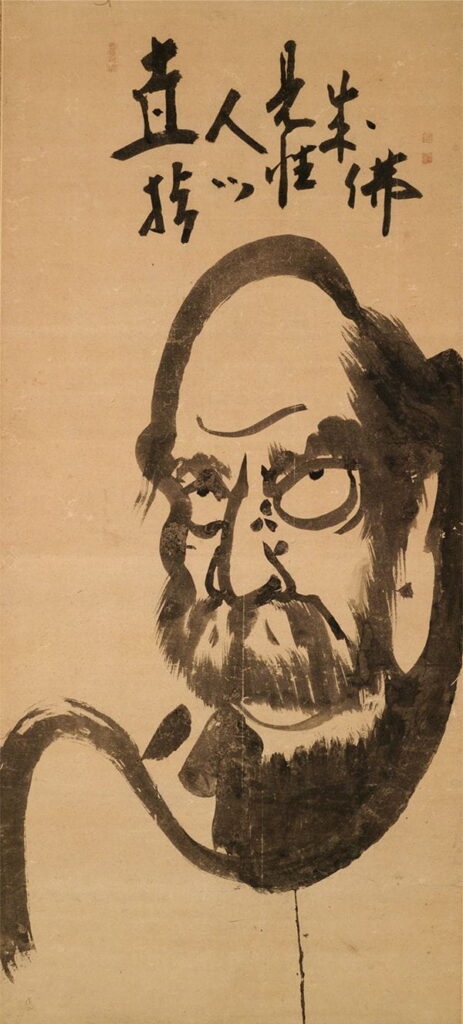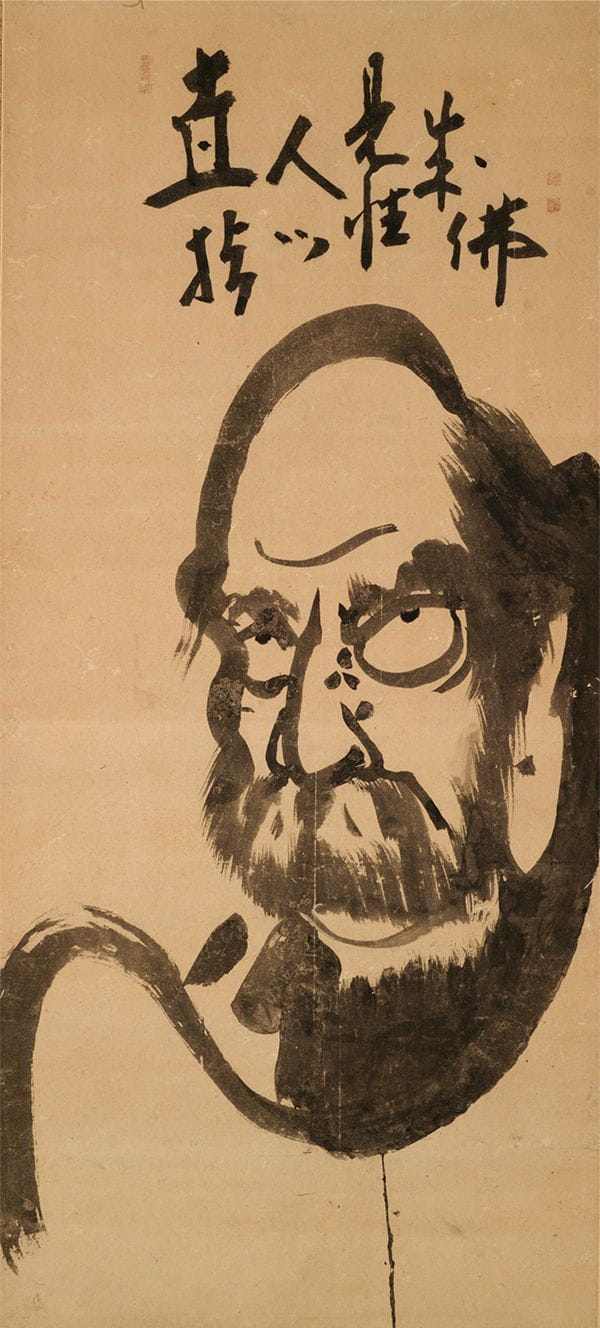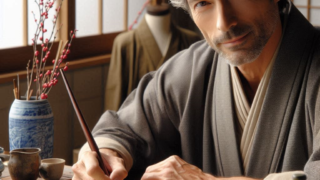
Hakuin Collection | ZEN and Garden Museum, Shinshō-ji
https://szmg.jp/explore/collection/
“If you could express what you really want to say in words and explain it to others, you’d be able to make a living from it.”
A university professor once said this to me.
At the time, I was uneducated, clumsy with words, and could do nothing but hold a brush in silence.
But his words lingered with me for years, and now I finally understand what he meant.
目次
- My Beginning: Northern Wei Kaishu from China
- Now My Heart Turns Toward Wakana – Gentle Japanese Kana
- Letters Are Not Just Information—They Carry the Heart
- My New Direction: Creating “Wakana That Everyone Can Understand”
- To My Professor, From the Person I Am Today/h2> To that professor who once believed in me:
- Writing With a Brush Is a Record of the Heart
My Beginning: Northern Wei Kaishu from China
My journey in calligraphy began with the study of Northern Wei dynasty kaishu (standard script) from China.
For over two decades, I trained to master the structure, strengthen the form, and breathe strength and intensity into each stroke.
Those years were, in essence, a long practice in building the “bones” of writing.
Now My Heart Turns Toward Wakana – Gentle Japanese Kana
After many years of disciplined practice, my focus has shifted toward wakana, the soft, flowing form of Japanese kana script.
It is gentle yet unwavering, subtle yet dignified—a reflection of Japanese aesthetic sensitivity and the art of ma, the beauty of empty space.
I remember my mentor, a master of wakana, once smiled and said:
“You’re good at kanji, but your kana is terrible.”
At the time, I felt a sting of frustration.
But now, with time and growth, I realize how precious that comment was.
It carried a deep truth I was not ready to hear then—but I understand it now.
Letters Are Not Just Information—They Carry the Heart
We live in a world overflowing with information.
With a smartphone or computer, anyone can create beautiful digital letters.
But the brush writes something different.
A brushstroke has posture before it even begins.
It has breath throughout its movement.
It holds time as it travels across the page.
Printed words are read and forgotten.
But handwritten brushwork lingers—it remains in the heart of the viewer.
That is why I say:
Calligraphy is not information.
It is a way to deliver the warmth of a human heart.
My New Direction: Creating “Wakana That Everyone Can Understand”
From now on, I will dedicate myself to the theme:
“Wakana that everyone can understand.”
Not just elegant.
Not just skillful.
But words that make people say:
“This feels warm.”
“Someone truly cared to write this.”
That is the kind of writing I aim to share with the world.
To My Professor, From the Person I Am Today/h2> To that professor who once believed in me:
Dear Sir,
Back then, I couldn’t put anything into words.
But now, through brush and language, I am finding ways to convey my thoughts.
What I have learned through writing—I will quietly pass on to the next generation.
Writing With a Brush Is a Record of the Heart
I am Hanafuji.
Even now, I continue to hold the brush.
And at last, I am beginning to express in words the things I once could not say.




